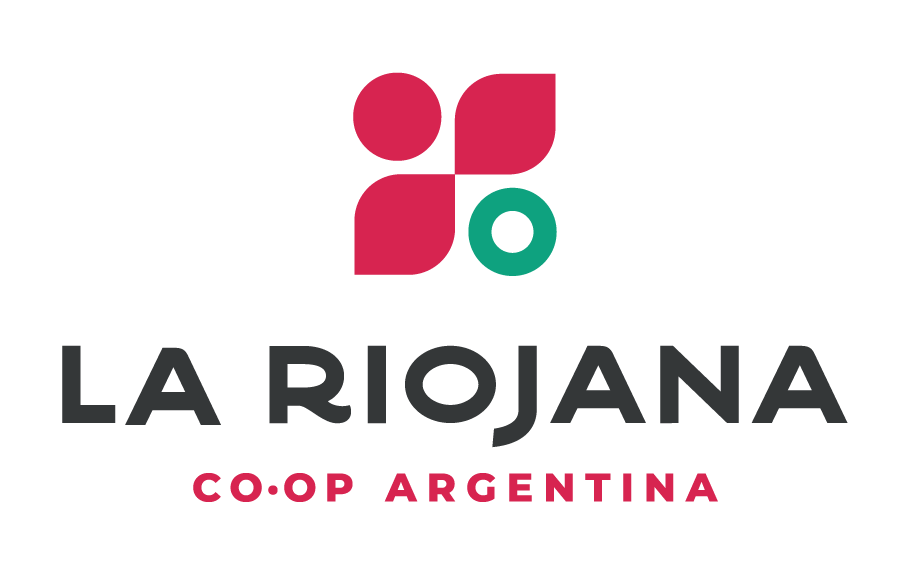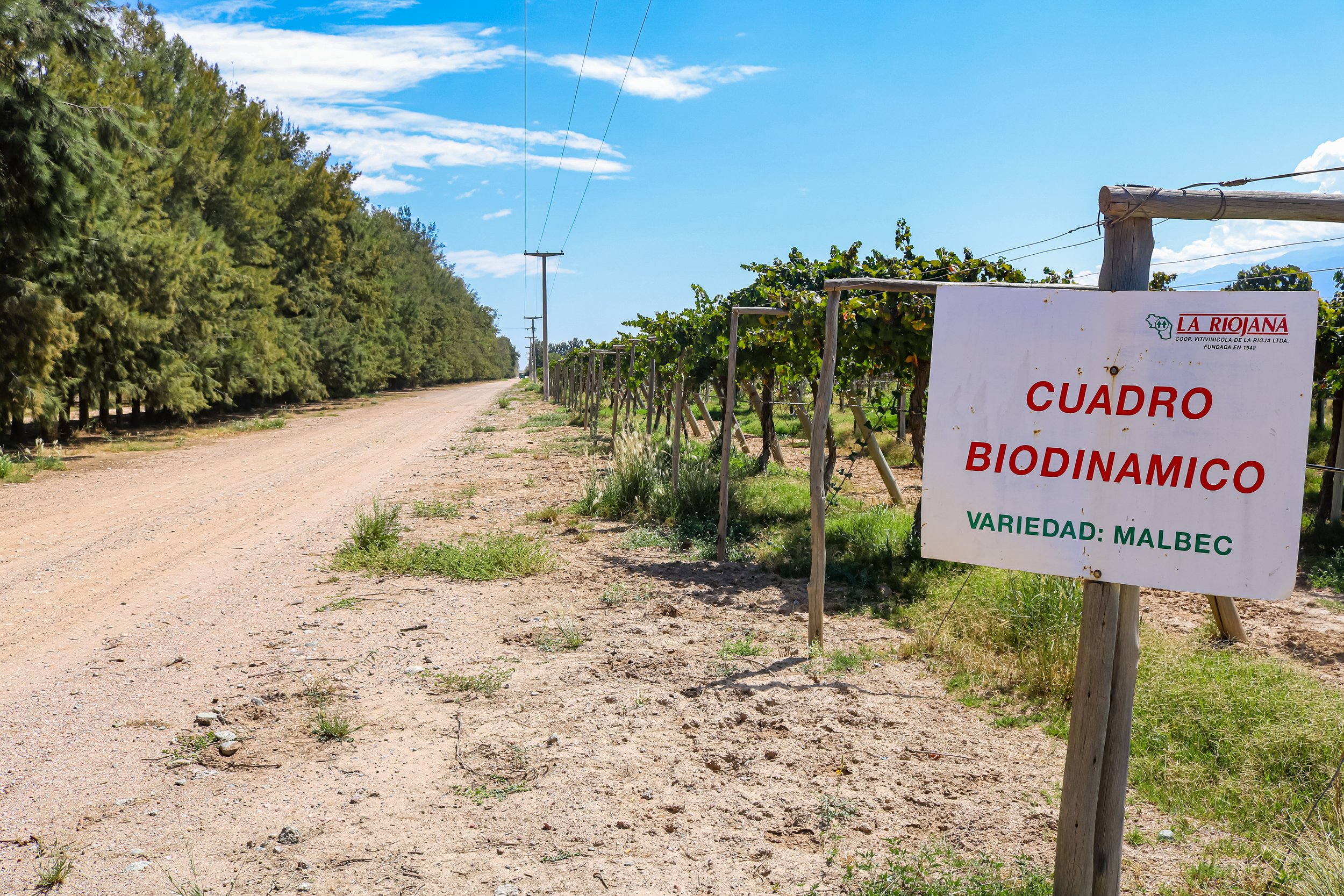The Biodynamic Wine Story
/The biodynamic farming movement first started in the 1920s when a group of German farmers noticed the negative impact that agro-industrial practices, and the use of chemical fertilisers were starting to have on their soil and yields.
They were convinced that there had to be a more holistic view on farming and working with nature. So, in 1924 they asked Rudolf Steiner, a highly trained Austrian scientist and respected philosopher, to hold an agricultural course in Koberwitz. The course comprised 8 lectures entitled “Spiritual foundations for the renewal of agriculture” and it was these lectures which initiated the birth of biodynamic agriculture, centring around Rudolf Steiner’s beliefs that agriculture should focus on nourishing the soil and not the plant itself. Soil fertility and regeneration of the soil are therefore fundamental values in biodynamic farming.
Shortly after these lectures, a brand called Demeter was created to certify products from biodynamic farming. The Demeter symbol was first introduced and registered as a trademark in 1928. Then almost 70 years later, in 1997, Demeter-International was formed. After which, in 2002 the International Biodynamic Association (IBDA) was founded, including ownership and protection of the trademark “Demeter” and “Biodynamic” all over the world. In 2020 Demeter-International and the International Biodynamic Association (IBDA) joined forces to form the Biodynamic Federation – Demeter International, the new international umbrella organisation uniting all Biodynamic and Demeter organisations worldwide.
Although the concept of biodynamic farming was first introduced in the 1920’s, the first wave of biodynamic winemakers did not appear on the scene until the 1960s. The biodynamic wine movement was first thought to have originated in Alsace, France and spread to Latin America in the late 1990’s, with Chile being the first Latin American country to produce a Demeter-certified biodynamic wine in 2006.
(Source: demeter.net)


